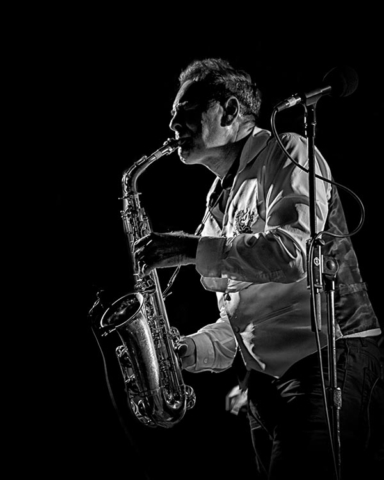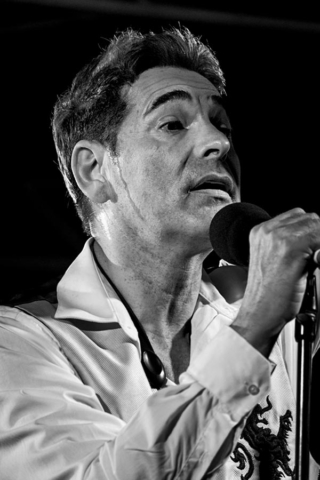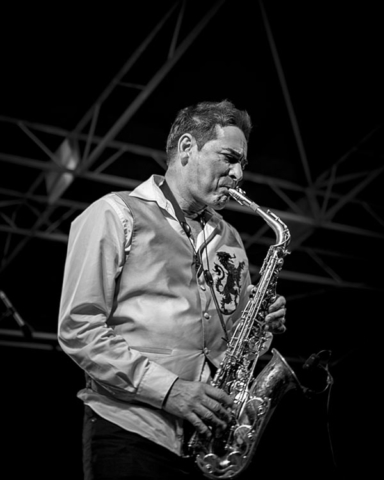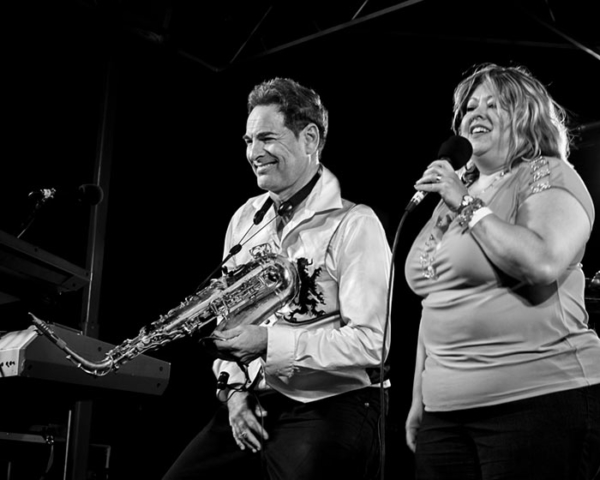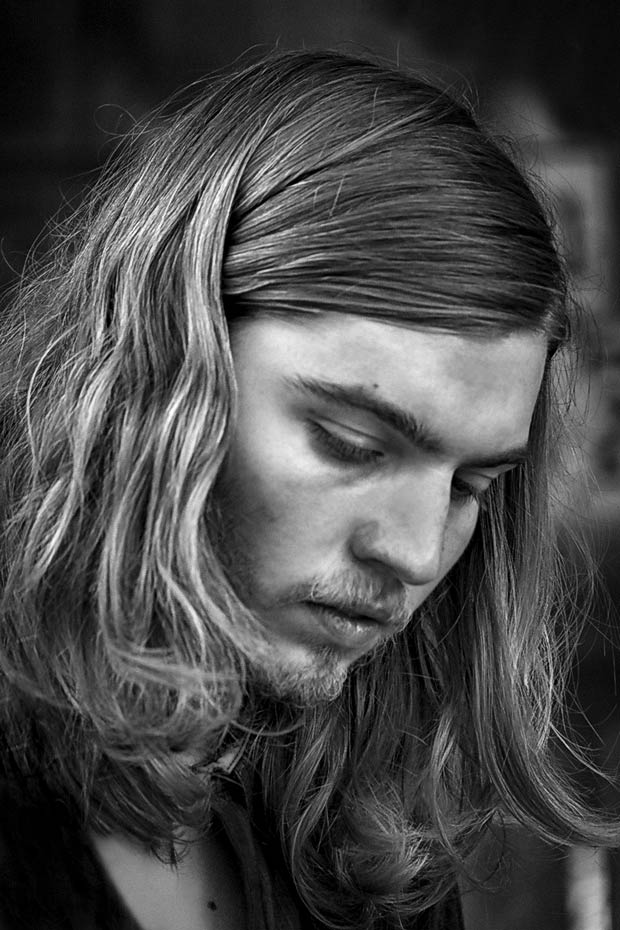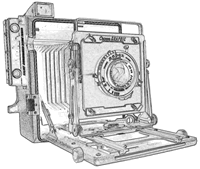 People get into photography for many reasons. I suspect that most of us who reach the point of competency with cameras have a strong desire to show work in public. I certainly do. So as a non-professional, how do you gain an audience for your photography? The simple answer is that I don’t know and I’ve never met anyone who could answer that question adequately. In many ways it comes down whether your ultimate goal is to market your photographic skills and of course, ego.
People get into photography for many reasons. I suspect that most of us who reach the point of competency with cameras have a strong desire to show work in public. I certainly do. So as a non-professional, how do you gain an audience for your photography? The simple answer is that I don’t know and I’ve never met anyone who could answer that question adequately. In many ways it comes down whether your ultimate goal is to market your photographic skills and of course, ego.
It seems to me that most photographers participating in online forums fall into two broad and overlapping categories. My experience is that 80-90% of all serious amateurs aspire to be professionals. That is a mighty bold ambition when the market for paying professional photo gigs is small and probably getting smaller. Broadly speaking, the remaining 10-20% is made up of family, nature and wildlife photographers of one stripe or another.
These groups of photographers are very different but share the problem of organizing and presenting work to their intended audiences. Just to be clear I’m not talking about posting pictures online in photography forums. An audience of nit-picking fellow photographers is probably the least effective way to get your work in front of the public. My goal, which I think is broadly shared, is to present work to non-photographers, regular people.
Over the years I’ve tried many different ways to gain an audience. None have been entirely successful or for that matter completely unsuccessful. Here is a short list of my attempts to reach an audience.
- I currently have two websites, one active and another static for years
- Photographing at historical reenactments over several seasons and donating a book of portraits to the living history organization
- Creating small portfolios of work that are donated for display or sale
- Attempting to submit work to the National Park Service
- Making and distributing portraits of friends and family
- Creating PDF calendars featuring my work distributed free of charge (see sidebar)
Here are some things that I intend to try.
- Creating small collections of short essays and images in PDF format for solicited or unsolicited distribution
- Creating small collections of loose prints packaged in presentation boxes with artist statement and a short essay for distribution to local arts venues
- Building a Texas regional travel website featuring my work
- Producing matted prints for local art sales
- Producing matted and framed prints of Texas themed content for consignment to western furniture stores
I’m sure there are many other options that I’ve not considered. When you are a non-professional, budget and time are limiting factors. None of the things I’ve mentioned will help me reach a mass audience. I simply want to get my work into the hands of people who would enjoy seeing it if they knew it existed. To that end I’ll keep plugging away. Patience and perseverance are virtues, right?

